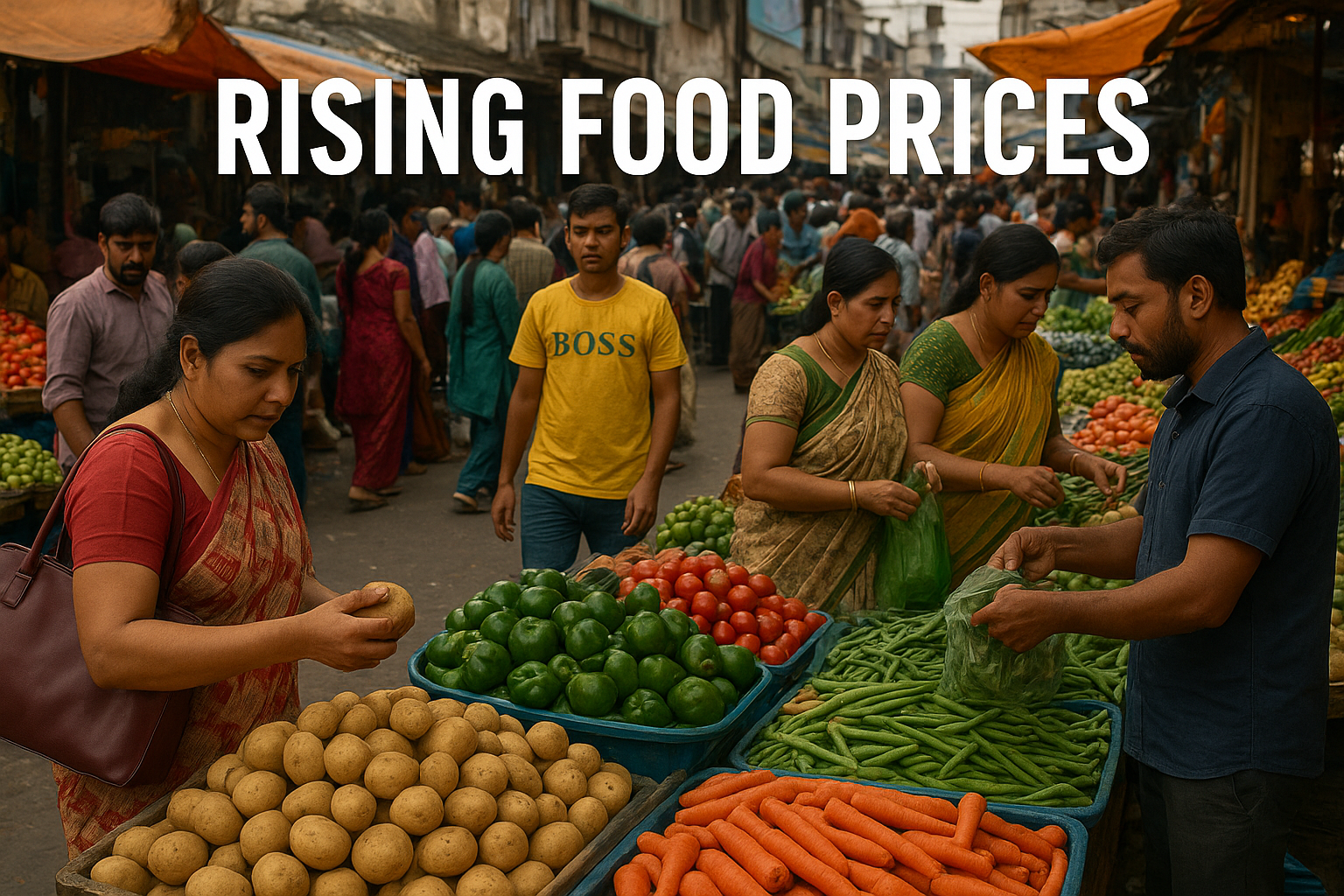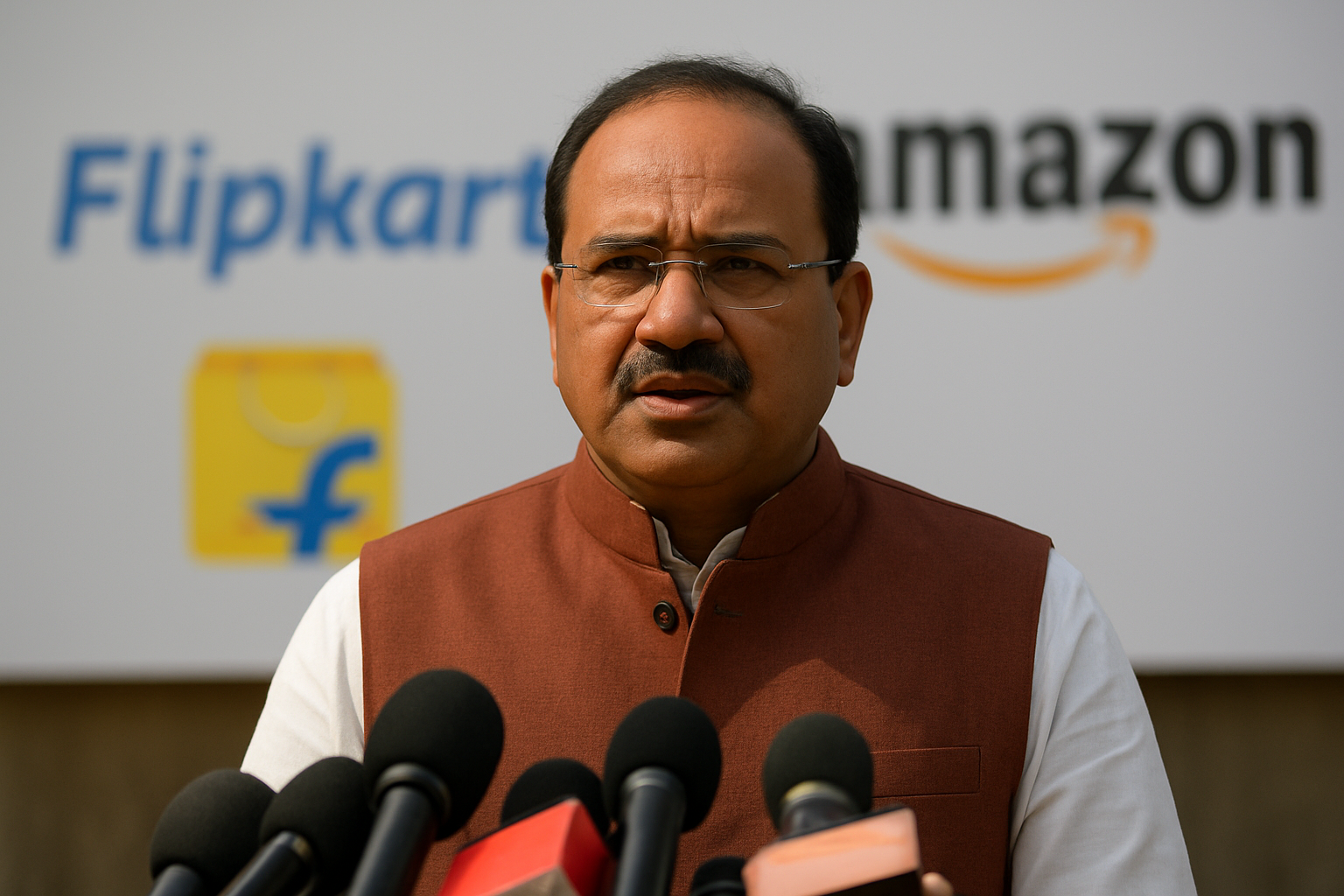Retail Inflation Increases in August 2025, Mainly Driven by Food Prices
India’s retail inflation jumped to 2.07% in August 2025, according to official government data. This increase reflects rising prices of everyday items, especially food products. As inflation affects people’s wallets directly, it raises important questions about the cost of living for millions of Indians.
What Is Retail Inflation?
Retail inflation measures how much the price of goods and services bought by households increases over time. It shows how expensive it is to buy daily essentials like groceries, clothes, and other items.
For a while, India saw low inflation rates, which kept prices stable for many households. But the August 2025 numbers show a noticeable rise. Food items, particularly vegetables, pulses, and dairy products, became costlier, pushing the inflation rate up.
Key Highlights from the August 2025 Report
Here are the main details from the latest inflation report:
- The retail inflation rate increased to 2.07% in August, up from 1.77% in July.
- Food inflation was the major factor, especially due to higher prices in vegetables and dairy products.
- The core inflation (which excludes food and energy) remained stable, showing the main reason for the increase was food price fluctuations.
- The government is keeping a close watch on the situation and may take steps to control rising prices.
The rise in inflation is also linked to global commodity price changes and some domestic supply chain challenges.
What Experts Say
Economist Rajeev Mehra explains, “The moderate increase in inflation shows that supply and demand in the agricultural sector are not fully balanced. This isn’t a major concern yet, but we need to monitor it carefully. Policymakers will likely act if the trend continues.”
Experts also point out that the Reserve Bank of India (RBI) is watching the situation closely before deciding on any change in interest rates.
Why Should You Care?
Rising retail inflation means everyday items are becoming more expensive. This affects everyone, especially people with fixed incomes or small budgets.
- Higher Grocery Bills: Families may need to spend more on vegetables, pulses, and dairy products.
- Tightened Budgets: People might need to adjust their spending habits to deal with higher costs.
- Business Impact: Small businesses may also feel the pressure as their operating costs rise.
What Happens Next?
The government and RBI are expected to carefully monitor the situation. They may take actions such as:
- Changing Interest Rates: RBI might adjust rates to control inflation if it keeps rising.
- Improving Food Supply Chains: Measures to reduce supply shortages and control food prices.
- Price Control Measures: Temporary steps to help people buy essential goods at reasonable rates.
These efforts aim to keep inflation under control while supporting India’s economic growth.
Conclusion
India’s retail inflation rose to 2.07% in August 2025, mainly because food prices went up. Although the increase isn’t alarming yet, it’s important to keep an eye on how it develops. With careful government and RBI actions expected in the coming months, consumers should be aware and prepared for possible changes in their daily expenses. As India faces global and domestic challenges, how inflation moves forward will be key for the economy and households alike.


